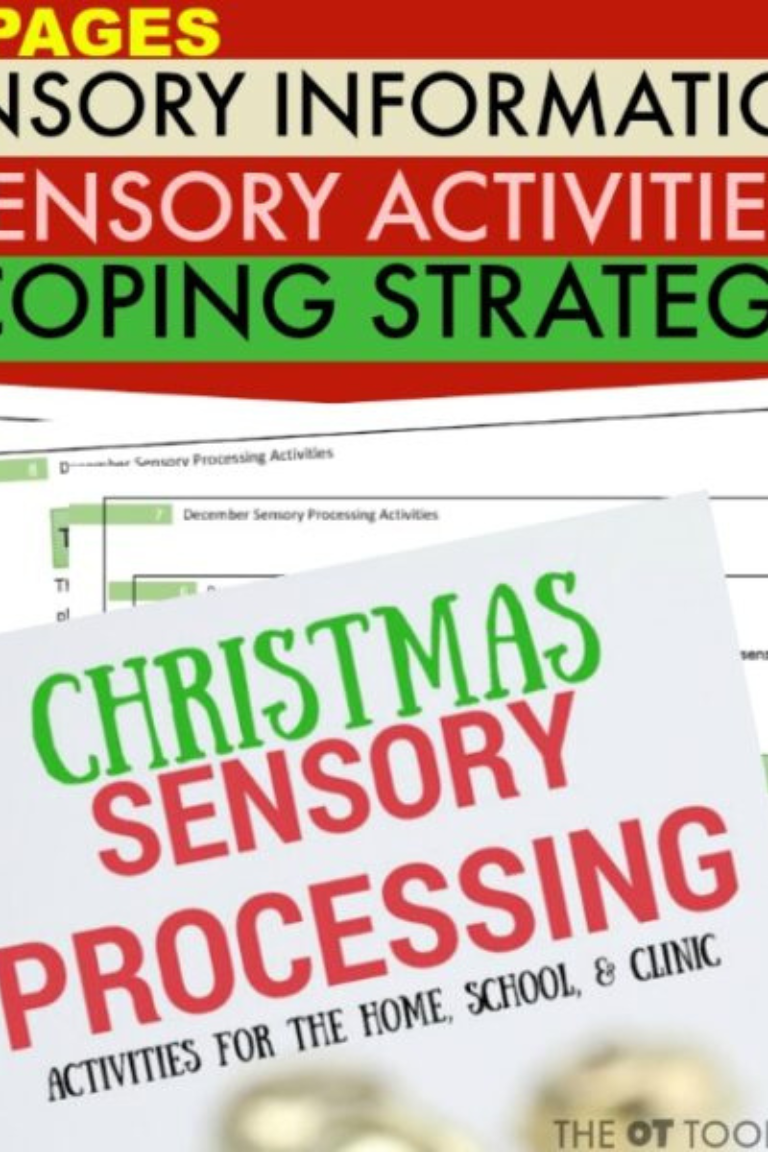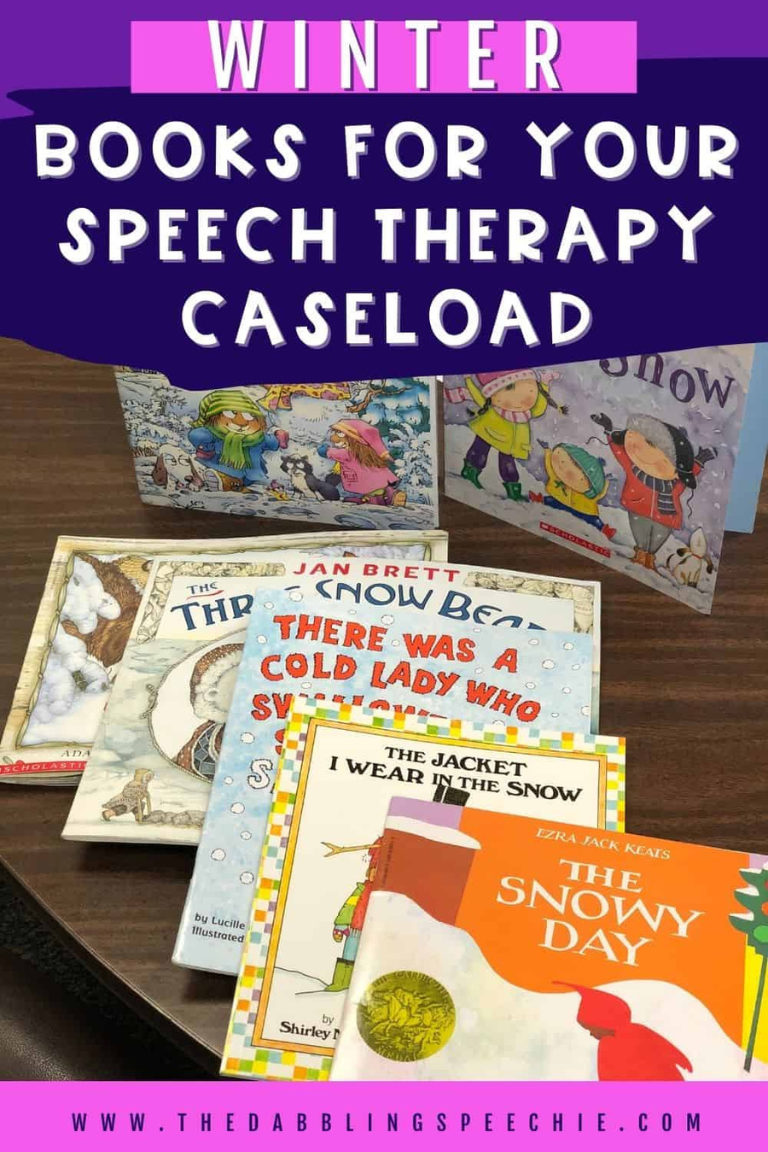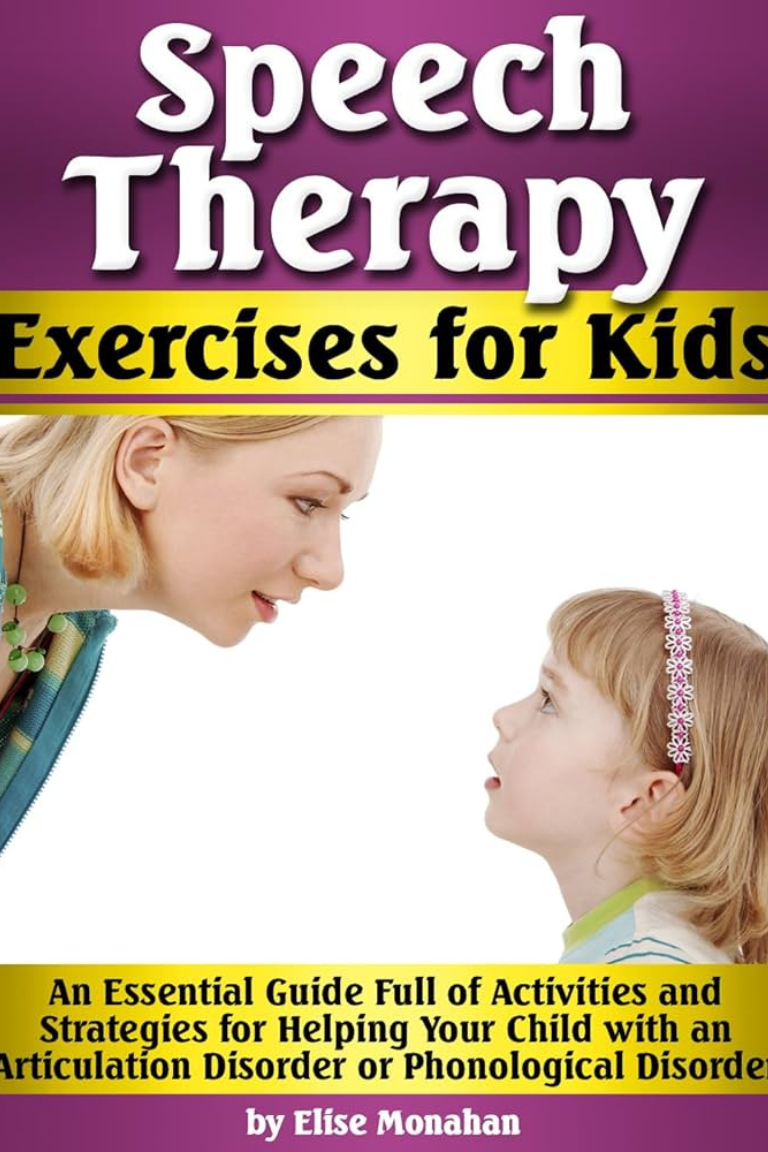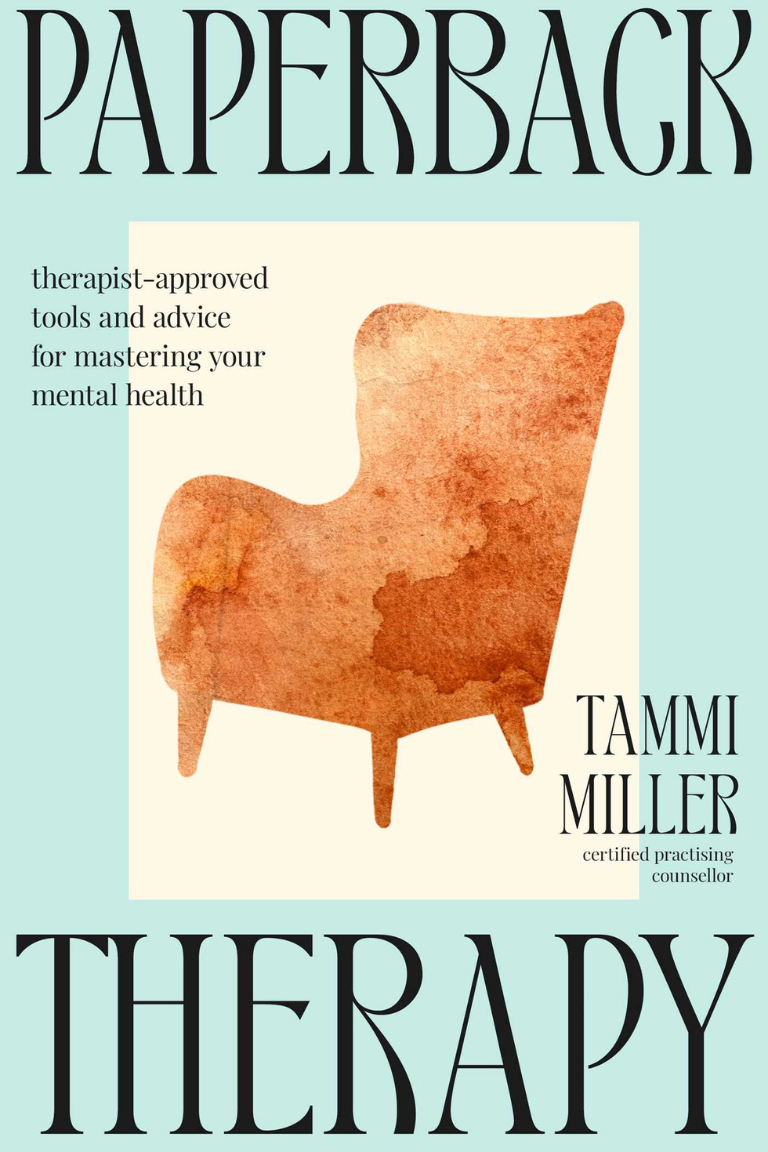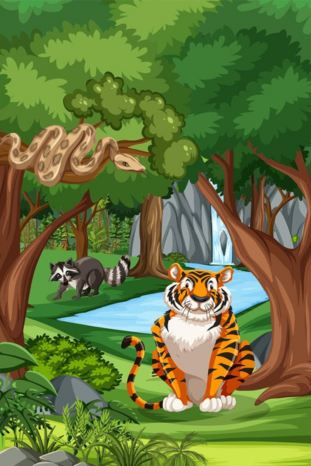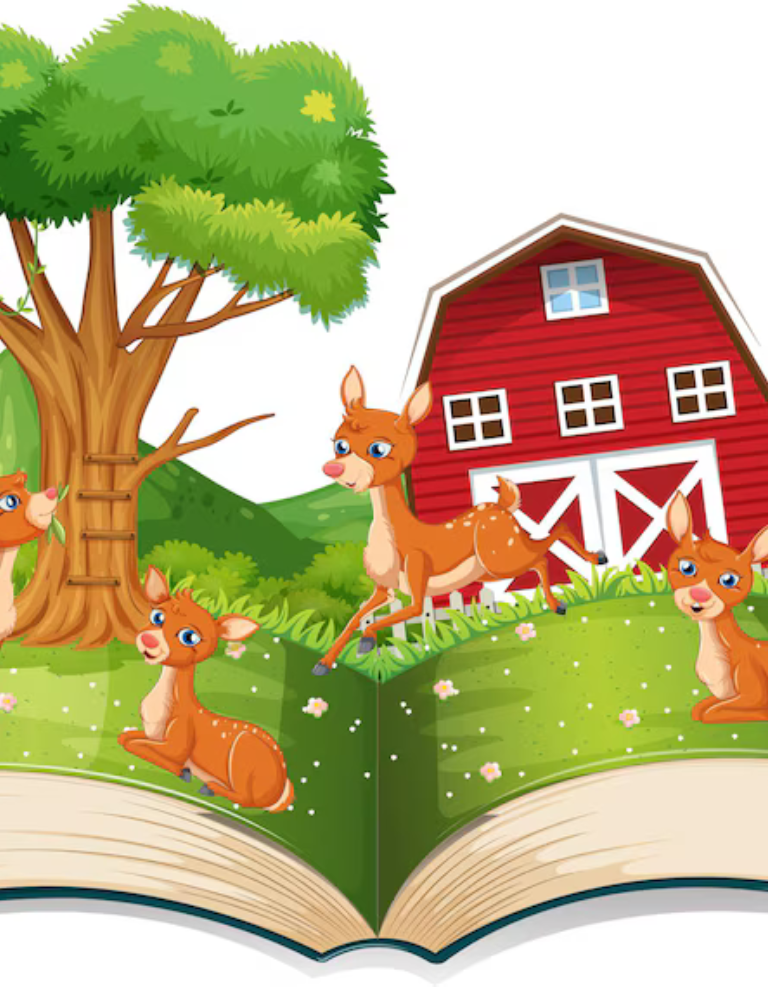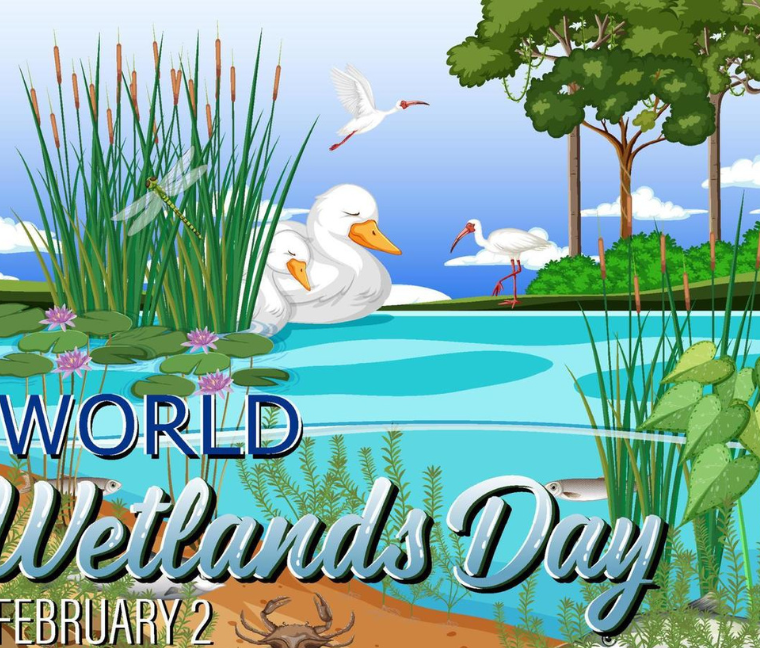The Toast-Loving Hero
In a quiet neighborhood on Deckawoo Drive lives an unlikely hero — a buttered-toast-loving pig named Mercy Watson. Written by acclaimed author Kate DiCamillo and beautifully illustrated by Chris Van Dusen, the Mercy Watson series has captured the hearts of young readers with its charming humor, colorful characters, and heartwarming adventures. At the center of it all is Mercy — a pig who isn’t just a pet, but a part of the family, a chaos-causer, and sometimes… a surprising rescuer. Who Is Mercy Watson? Mercy is not your ordinary pig. She lives inside the house with Mr. and Mrs. Watson, sleeps in a bed (not a barn), and has an endless love for buttered toast. Though she often misunderstands situations, her intentions are always good — and somehow, she always ends up saving the day (even if accidentally). In Mercy Watson to the Rescue, Mercy jumps into action when the Watsons’ bed begins to fall through the floor — but instead of calling for help, she’s off looking for toast. Still, her adventure brings real help in the end, proving that even a pig on a snack mission can make a difference. Why Kids Love Mercy The Mercy Watson books are perfect for young readers transitioning from picture books to chapter books. Here’s why they’re so loved: Mercy’s personality is innocent, lovable, and often hilarious — a recipe that never fails with children. What the Story Teaches While Mercy’s adventures are filled with laughs, they also highlight important ideas: Beyond the Books The success of the Mercy Watson series has inspired companion books, spin-offs (like the Tales from Deckawoo Drive), and inclusion in classroom reading lists. Mercy has become more than a character — she’s a reading buddy for thousands of kids learning to love books. Conclusion Mercy Watson may not wear a cape, but in her own buttery, bumbling way, she’s a hero. Her stories remind us that you don’t have to be perfect to be brave, and that even the most ordinary moments (like breakfast) can become extraordinary when you’re Mercy the Pig. Whether you’re a parent, teacher, or a curious young reader, Mercy’s adventures are sure to bring laughter, learning, and maybe a little craving for toast.
The Overconfident Slug
In the world of children’s books, “Some Smug Slug” stands out as a charming and humorous tale of a little slug who learns an important lesson in humility. Written by Pamela Duncan Edwards, this story introduces readers to a character who starts out thinking he’s the greatest — but soon discovers that real greatness comes from kindness, humility, and teamwork. Meet the Smug Slug The slug in question is full of confidence, perhaps a little too much. He proudly believes that he’s the best at everything and often brags about it. From sliding faster to eating more leaves, the smug little slug thinks he can do it all. He scoffs at the other creatures of the forest and dismisses any help they offer. But, as we all know, pride comes before a fall, and the slug’s overconfidence will soon get him into a situation where he needs to rely on others — something he never thought he’d have to do. Why Kids Love It The charm of this book lies in the hilarious and relatable character of the smug slug. Children find the slug’s exaggerated self-assurance funny and easy to understand. But as the story unfolds, they quickly see how the slug’s journey reflects a universal lesson: nobody is an island, and everyone needs a little help sometimes. What the Story Teaches The journey of the smug slug offers children valuable lessons: The Importance of Humility At the heart of Some Smug Slug is a humbling lesson about learning to appreciate others and acknowledging that we are not perfect. Through the slug’s misadventures, children are reminded that it’s okay to ask for help and that everyone, regardless of their size or abilities, has something valuable to offer. A Lesson That Sticks The book’s straightforward yet effective storytelling is ideal for young readers who are learning about relationships, personal growth, and emotional intelligence. It’s also perfect for discussions in classrooms or at home about the value of working together and the importance of acknowledging our mistakes. Conclusion In the end, the smug slug realizes that being the best isn’t as important as being kind, humble, and working with others. Through its humor and valuable lessons, Some Smug Slug is not just a fun read, but also a reminder to children that we are all better together than apart. Whether you’re a teacher, a parent, or a young reader, this story is sure to bring smiles, laughter, and some much-needed reflection on the power of humility and friendship.
Buzzing Friendship
In the vibrant world of children’s literature, few characters are as unexpectedly lovable as Fly Guy — a talking fly with a big personality and an even bigger friendship with a boy named Buzz. Created by author and illustrator Tedd Arnold, the “Hi! Fly Guy” series brings laughter, curiosity, and heart to every page. But beyond the buzzing and jokes, this series offers more than just fun — it teaches children about friendship, acceptance, and thinking outside the box. A Fly with Character Fly Guy isn’t your average insect. He’s smart, expressive, and can even say simple words. From the moment he meets Buzz, the two form a hilarious duo, with Fly Guy constantly surprising everyone — from winning pet contests to going on wild adventures. Fly Guy challenges the idea of what a pet can be — and that’s what makes him memorable. He’s a rule-breaker in the best possible way. Why Kids Love It The Fly Guy books are a hit with early readers for several reasons: Tedd Arnold crafts each story with a perfect blend of silliness and subtle life lessons — making learning to read both fun and rewarding. A Deeper Look: Lessons in Disguise While the series is full of jokes and puns, it quietly promotes values such as: It shows children that friendship can come in the most surprising forms — and that even a tiny fly can have a huge impact. From Books to Beyond “Hi! Fly Guy” has become more than a book — it’s a classroom favorite, a starter series for reluctant readers, and even an inspiration for literacy programs. Teachers love using it to build vocabulary, spark laughter, and encourage reading confidence in kids. Conclusion “Hi! Fly Guy” may seem like a silly story on the surface, but it buzzes with meaning underneath. It’s a series that reminds us — in the most playful way — that real friends don’t always look like us, and big friendships can come from the smallest places. So whether you’re a teacher, a parent, or a young reader, Fly Guy is here to stay — making reading fun, one buzz at a time.
Literal Laughs
In a world where everyone rushes to read between the lines, Amelia Bedelia reminds us what it’s like to take life — quite literally. First introduced by author Peggy Parish in the 1960s, Amelia Bedelia is a charming housekeeper who interprets every instruction word-for-word, leading to hilarious and unexpected outcomes. But behind the laughter and confusion lies something more meaningful — a reminder of how language, perspective, and intention shape our everyday lives. The Magic of Misunderstanding From “dusting the furniture” (which she covers in actual dust) to “drawing the curtains” (where she sketches them on paper), Amelia’s misinterpretations bring humor through simplicity. But they also highlight how language can be complex, even for native speakers. Her world is innocent and honest. She doesn’t mean to make mistakes — in fact, she’s always trying to do her best. Her literal thinking forces readers to pause and rethink common phrases, and in doing so, she teaches children about idioms, figurative language, and the importance of context. Why Amelia Still Matters Today In a modern world full of fast communication, slang, emojis, and abbreviations, Amelia Bedelia stands out as a symbol of how words can be misunderstood — especially across cultures, ages, or languages. For children, she’s a lesson in English; for adults, she’s a nostalgic and sometimes philosophical reminder that clarity is key. Her stories also promote: Amelia in the Classroom Teachers around the world still use Amelia Bedelia stories to teach young learners about: Her tales are often a child’s first introduction to non-literal meaning, making them both educational and entertaining. A Legacy That Lives On Since her debut, Amelia Bedelia has grown from a single book into a full series, including chapter books for young readers. Over the decades, she has remained a literary icon, not because she’s perfect — but because she’s perfectly human. Conclusion In a time when everyone wants to be clever, Amelia Bedelia’s sincere confusion offers refreshing clarity — and a good laugh. Whether you’re reading her for the first time or rediscovering her as an adult, Amelia Bedelia proves that sometimes, taking things literally isn’t wrong — it’s just a different way of seeing the world.
Rethinking Farming from the Ground Up
In the heart of a rural wetland community, where marshes meet farmland, a bold idea has taken root — quite literally. What began as a simple gardening experiment has now turned into a sustainable movement: using pumpkin cultivation as a way to revitalize the land, empower local farmers, and inspire environmental action. The Vision Behind the Plan The idea was simple but visionary — could pumpkins, known for their resilience and nutritional value, be grown in underutilized wetland edges and buffer zones without harming the ecosystem? More importantly, could this crop help local communities thrive economically while promoting eco-conscious farming? This wasn’t just about agriculture; it was about harmony between nature and people. Eco-Friendly Cultivation in Sensitive Zones Unlike traditional farming that often disrupts wetland systems, this plan focused on low-impact methods: The result? Healthier crops, cleaner soil, and increased biodiversity. Why Pumpkins? Pumpkins are more than Halloween decorations — they’re a superfood packed with vitamins, they have multiple market uses (from pies to oils to livestock feed), and they store well after harvest. In regions where food security is a concern, pumpkins offer both economic and nutritional value. Community Impact and Innovation Local farmers who adopted the Bold Pumpkin Plan saw up to a 40% increase in seasonal income, plus reduced need for synthetic fertilizers. Schools and NGOs joined in, turning the project into an educational opportunity. Even eco-tourists started showing up for seasonal pumpkin festivals in these reclaimed green zones. Looking Ahead: The Future is Orange This is not just a story about pumpkins. It’s about innovation, courage, and taking bold steps toward sustainability. The Bold Pumpkin Plan is now being studied as a model for climate-adaptive agriculture, especially in flood-prone and semi-wetland areas across other regions. Conclusion Sometimes the boldest ideas come from the most unexpected places — and in this case, from a humble pumpkin patch. By aligning agricultural goals with ecological wisdom, this initiative proves that even a simple crop can sow the seeds of a better, greener future.
The Living Heart of Wetlands
Wetlands are often described as the Earth’s kidneys — filtering water, absorbing floodwaters, and supporting an extraordinary range of biodiversity. Yet, many of us only witness what’s visible on the surface: graceful birds gliding across the water, the reflection of trees, and lily pads drifting gently in the current. But beneath this calm and serene environment lies a world teeming with hidden activity and life — one that is just as vital, complex, and fascinating. Above the Wetland: A Living Canvas Above the wetland, life is vibrant and dynamic. Birds such as herons, ducks, and kingfishers patrol the skies and shores, scanning for fish and insects. Tall grasses and reeds sway in the breeze, providing nesting grounds and shelter for a wide variety of species. Sunlight filters through the canopy, warming the surface and enabling photosynthesis in aquatic plants. Pollinators like dragonflies and bees flit from flower to flower, playing a key role in maintaining the balance of the ecosystem. Each season brings its own charm — migratory birds in spring, rich green growth in summer, golden tones in fall, and a hushed, frosted calm in winter. Beneath the Surface: Nature’s Silent Engineers Under the wetland’s surface lies a world that many rarely see. Frogs, turtles, fish, and countless invertebrates such as snails, worms, and insects call this underwater habitat home. These creatures form the backbone of the food chain and help keep the ecosystem functioning properly. Roots of submerged plants filter and purify the water, while microorganisms break down organic matter, recycling nutrients and maintaining the wetland’s health. Some animals burrow into the mud, aerating the soil and contributing to the wetland’s resilience against erosion and pollution. Why Wetlands Matter Wetlands act as a buffer against climate change by capturing and storing carbon. They also reduce the impact of flooding and help recharge groundwater supplies. From a biodiversity standpoint, they support nearly 40% of the world’s species — despite covering only about 6% of the Earth’s surface. Sadly, wetlands are among the most threatened ecosystems globally due to urban development, pollution, and climate change. Preserving and restoring them is not just about saving a piece of nature — it’s about protecting the systems that sustain human and environmental health. Conclusion Whether you’re gazing over a still marsh at sunrise or imagining the bustling life under the water’s surface, wetlands offer a powerful reminder of nature’s interconnectedness. By appreciating both the visible and hidden aspects of these vital ecosystems, we take the first step toward valuing and protecting them for future generations.
